It will take place on the Bion-M biosatellite No. 2
A group of Russian scientists is going to find out how life arose in the Universe in a unique astrobiological experiment in orbit. The Astrobio experiment, in which one of the simplest organic compounds on Earth and in space will be exposed to cosmic radiation and thermal effects, will take place on the Bion-M biosatellite No. 2, which is scheduled to launch on September 1.
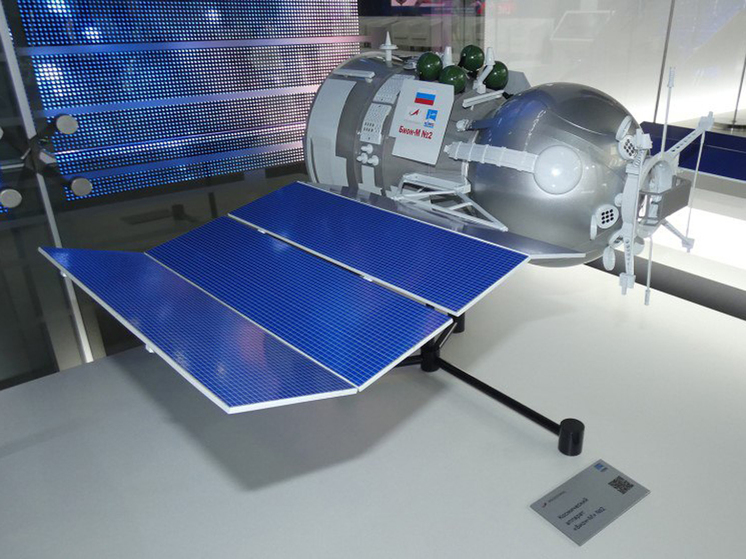 «Bion-M» No. 2 in the pavilion of the MAKS-2021 aerospace show
«Bion-M» No. 2 in the pavilion of the MAKS-2021 aerospace show
As reported in the Russian Academy of Sciences, astrobiologists of the Joint Institute for Nuclear Research (JINR) are studying the possibilities for the synthesis of prebiotic compounds together with specialists from the Institute of Medical and Biological Problems of the Russian Academy of Sciences (IMBP RAS).
Many hypotheses have been put forward regarding how life and the first cells originated in the Universe; scientists have been trying to create biomolecules artificially since the 19th century. For the first time, this was accomplished only in the middle of the 20th century by two Americans — Stanley Miller and Harold Urey. They demonstrated the possibility of forming organic molecules by passing an electric discharge through a mixture of gases — methane, ammonia, water and hydrogen.
Modern research is based on experiments in which the above-described organic substances are combined with rocks or meteorite matter. So in 2013, JINR specialists with colleagues from the Italian universities “Sapienza” and the University of Tuscany drew attention to a compound from formamide.
Formamide (formic acid amide) consists of carbon, hydrogen, oxygen and nitrogen. It was this compound that was the main component of the interstellar medium immediately after the formation of the Universe, 4.6 billion years ago.
Scientists first heated it and obtained more complex compounds as a result. Then, to simulate conditions closer to those in space, they decided to expose formamide to radiation. “Cosmic rays”, which were obtained at the phasotron of the Laboratory of Nuclear Problems of JINR, were directed by scientists to a mixture of formamide and meteorite substances, which, according to researchers, should act as reaction catalysts. As a result, the complexity of the resulting compounds increased, and soon scientists managed to obtain in the phasotron those very “building blocks of life” — nucleotides that make up the structure of DNA — the genetic code of any living organism.
At the new stage of work, biologists from IBMP RAS. It is known that they are preparing to send the Bion-M biosatellite No. 2 into orbit. This time, formamide and four samples of rocks purified from organics will be sent on a spacecraft into real space.
The potential components of the “building blocks of life” will be placed in 15 0.2 ml tubes and loaded into Bion-M into a special gateway, which, compared to other compartments of the biosatellite, will be less protected from cosmic radiation. Experts recalled that the apparatus with samples will be sent into a high-latitude orbit, in which it will fly for a month.
– We want to place the compound from which nucleotides appeared on Earth under the influence of radiation exposure in real space conditions , — one of the developers of the Bion-M spacecraft from IBMP, Doctor of Medical Sciences Vyacheslav Ilyin, explained to MK. – It will be exhibited in a special container with transparent quartz walls for a more complete effect on the substance. Upon our return, we will thoroughly study it on Earth and, perhaps, obtain new unique data.
The Bion program began in 1973. Since then, 12 spacecraft with plants, rats, newts, and monkeys have been sent into orbit. A new launch of the Bion-M apparatus No. 2 is planned for September 2024.








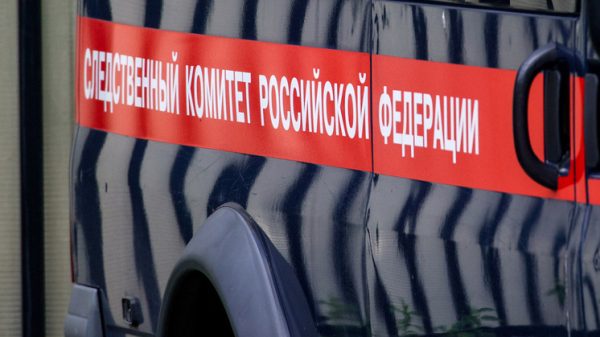
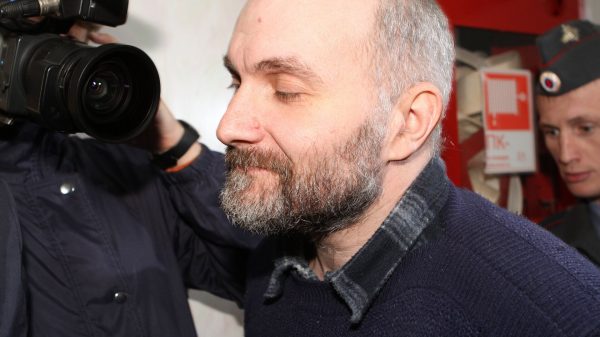


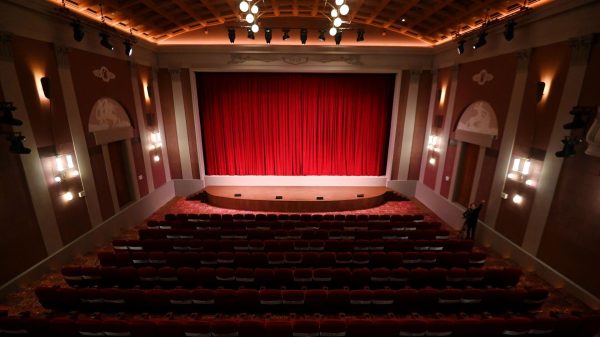




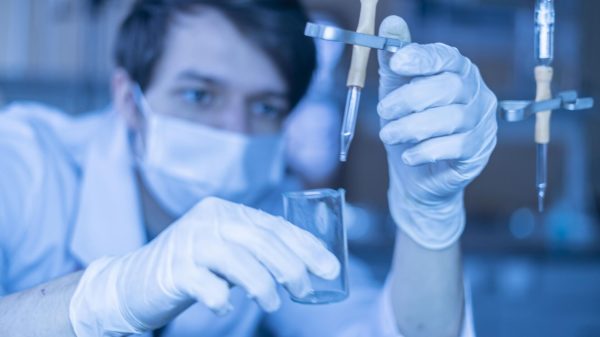

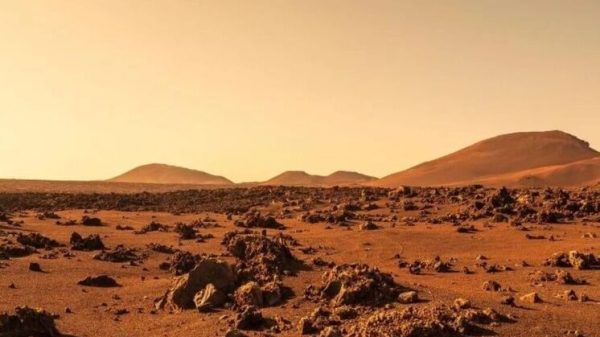
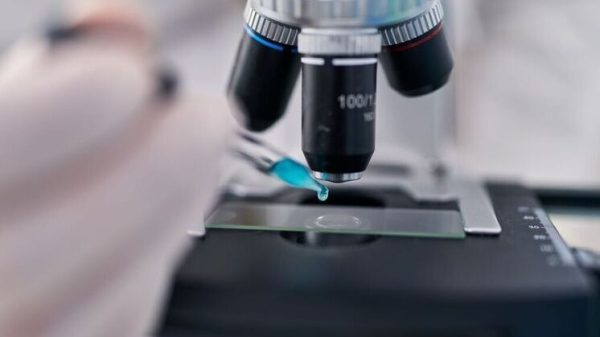















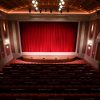
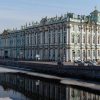








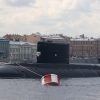

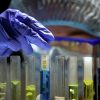
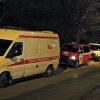


Свежие комментарии